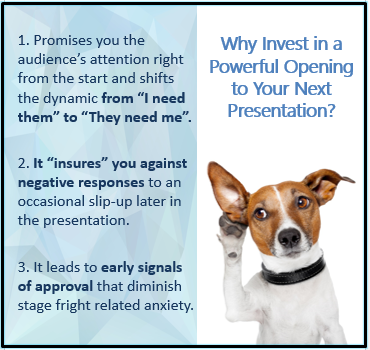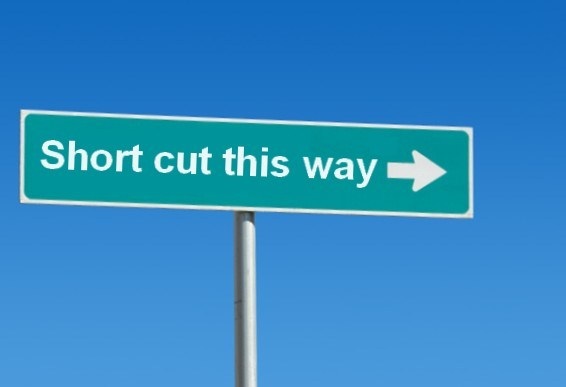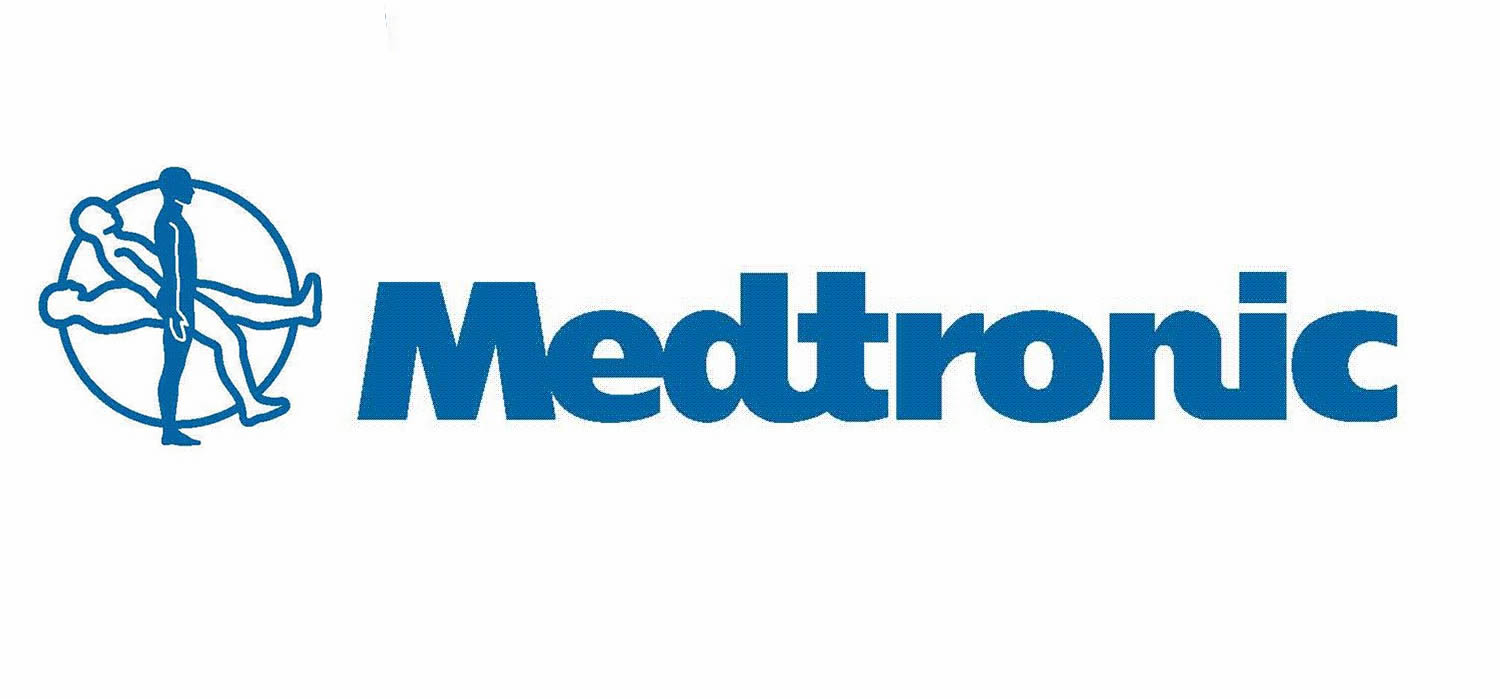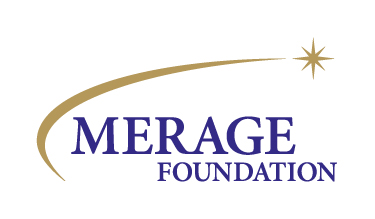By: Ariel Halevi
Take off take time. The plane starts by moving slowly, and gradually picks up speed, until it can actually lift off the ground. Sadly, presentations that try to take off this way are likely to leave a weak impression on the audience, with many of them “checking out” early on, even as their bodies remain in the seats in front of you.
What do I mean by “slow takeoff”?
How many times have you heard a presentation begin with: “Good afternoon everybody. It’s a pleasure to be here… blah blah blah”. It gets even worse in ultra-formal settings where the speaker begins by acknowledging a long list of VIP guests in the audience. Yawwwnnnn.
A meeting between a presenter and her audience is very much like any other meeting between two people who are meeting for the first time. The first impression counts. A lot!
People are busy. You’ve asked them for one of their most valuable and scarce resources: their time. They need to know, as quickly as possible if this is going to be another one of the many boring and valueless presentations they’ve suffered through over the years, or if THIS ONE will be worthwhile – perhaps like one of the few TED talks they’ve seen 7 times.
This is why having a powerful opening, what we call a “Grace Period”, is ever so important. It allows you to capture your audience’s attention – and more importantly, their curiosity – as quickly as within the first 3 seconds! A well structured and delivered Grace Period can stretch as long as several minutes.
When a Grace Period is structured and delivered well, it has a powerful impact on the speaker-audience-dynamic, or relationship if you will. You see, in the first moments of a presentation (unless you are already well known as a great speaker) there is a sense of dependency by the speaker on his audience. “I wish they would listen to me…” or “I hope they will listen to me“).
But after a powerful Grace Period (one that carries a promise of a presentation that is packed with highly desired value and delivered in a highly engaging manor) the speaker-audience-dynamic is reversed. It’s now: “I hope she keeps on speaking…”. A powerful opening will shift the power dynamics from “I need them” to “They need me”.
You’d think this would be good enough right? What more can a presenter ask for?
Well, as they love to say in Infomercials: “That’s not all folks!”. 
You see, a powerful Grace Period does more than capture your audience’s attention right from the start. Once the audience establishes a positive impression of you, they are more likely to forgive any slip-ups that may occur throughout the presentation. Sometimes, the impression is so positive that they may not even register a slip-up. This is due to the power of Cognitive Dissonance.
It goes like this: imagine getting up on stage and slipping on a banana peel. What are some audience members likely to think? “What a klutz!”.
However, if this little mishap does not happen as you get on stage, but rather as you get off stage – following an amazing presentation. What are people in the audience most likely to think now? “Who left that there?! Is she ok?!”.
You see, it’s a basic principle in decision making and persuasion: people don’t generally like to change their minds. If they believe something and are confronted with new information that contradicts this belief, they are much more likely to disregard the new information, rather than adapt their perception outlook. Therefore, if – using a great Grace Period – a positive impression is set right at the start of the presentation. Now, any new information that is provided throughout the presentation and which contradicts this positive first impression is likely to be disregarded or discounted. There is of course a limit to this effect and it should not be a reason for you to invest only in a powerful opening but not in the rest of your presentation.
Finally, a powerful opening can dramatically lower stress levels related to public speaking and stage fright. How? It’s so simple, you’ll be surprised!
Positive feedback from the audience can be one of the most calming stimulations for speakers. Since stage fright is very much about the fear of an audience’s disapproval, receiving approval signals right from the start, and from multiple audience members, quickly diminishes this fear and instills confidence.
Now that you understand WHY you should invest in using powerful openings in presentations (and meetings!), you’re ready to move onto the HOW to actually do it well.








Recent Comments